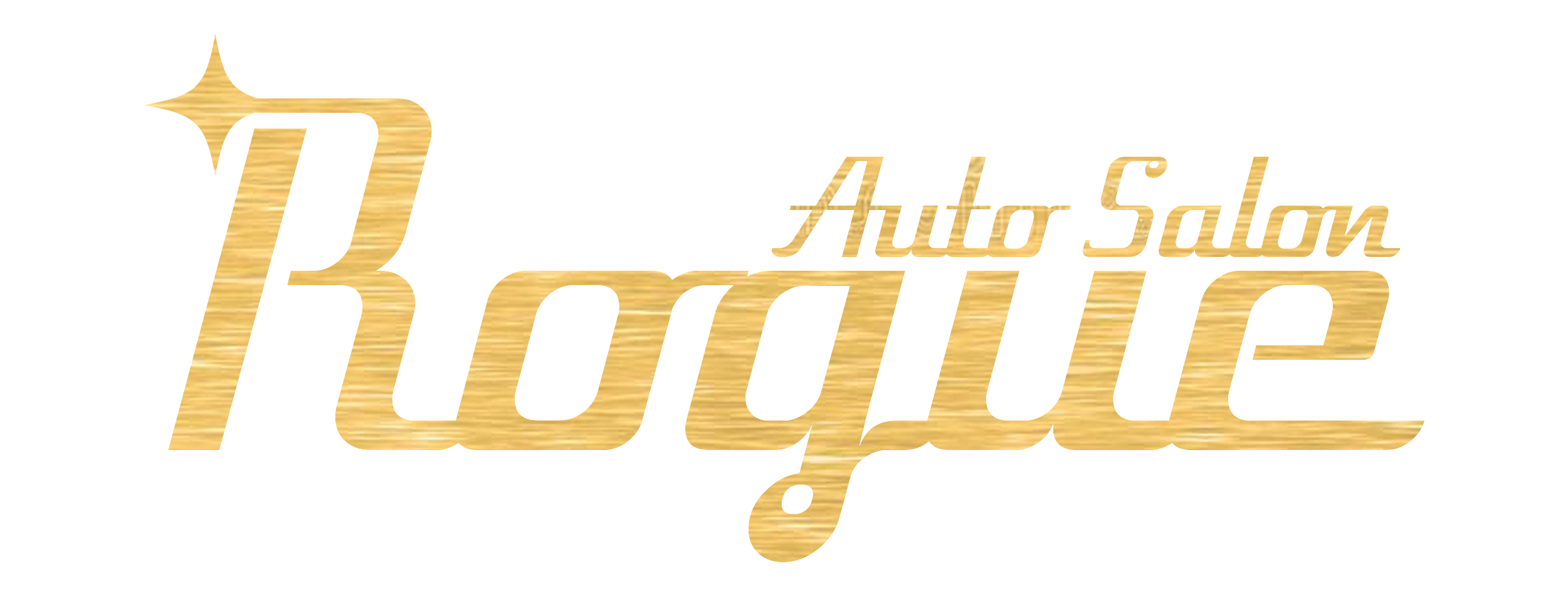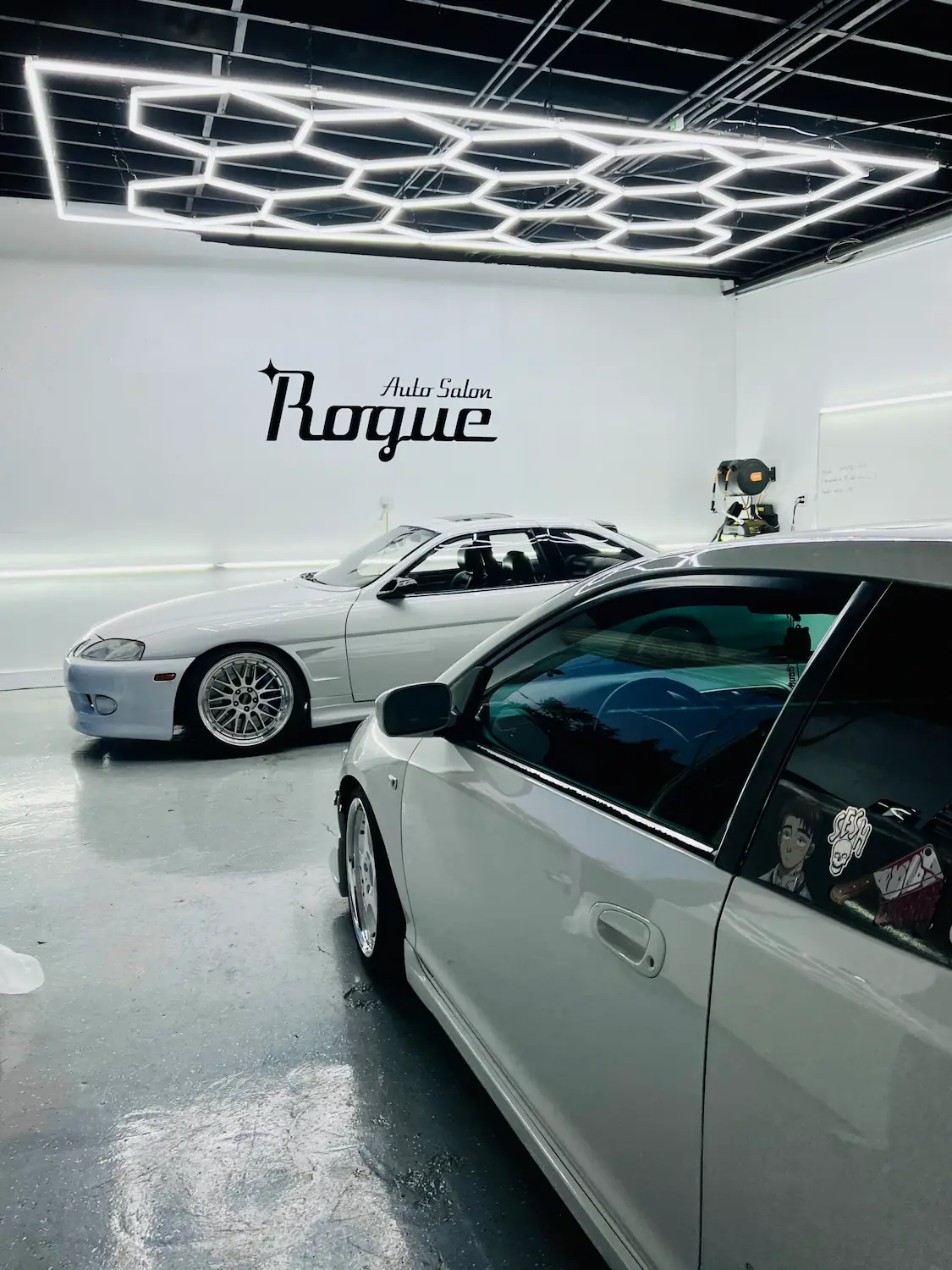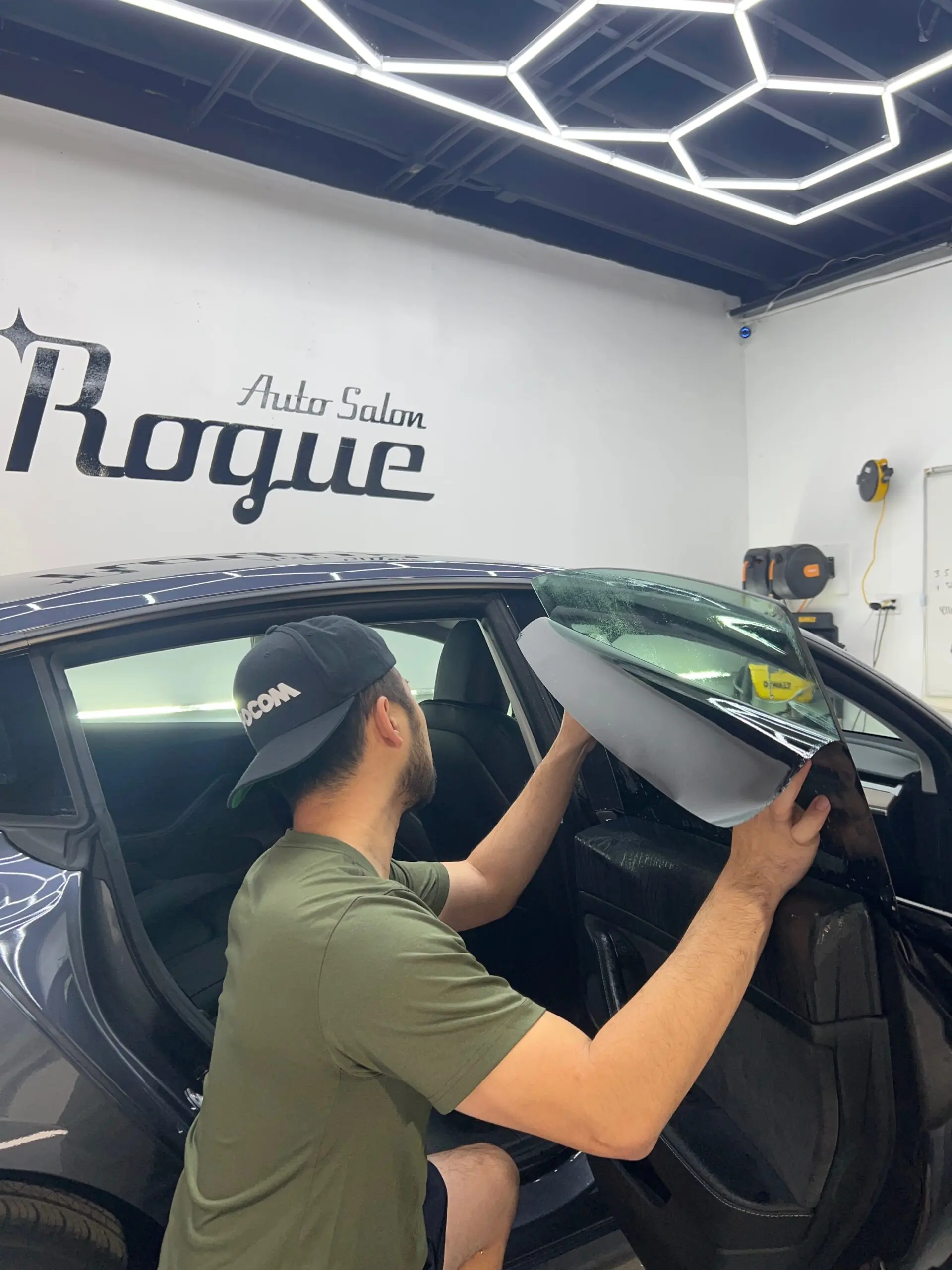Autocare
How to Tell If Your Ceramic Window Tint Isn’t Performing Properly
Signs Your Ceramic Tint May Be Failing and What to Do About It
Investing in a ceramic window tint for your vehicle or home is widely regarded as a smart decision. Ceramic tints offer several compelling benefits, including superior UV protection, effective heat reduction, glare control, enhanced privacy, and long-lasting durability. These features help improve comfort, protect interiors from sun damage, and enhance energy efficiency. However, despite their advanced technology and quality, ceramic window tints can sometimes fall short of expectations.
Whether due to poor installation, inferior materials, or natural wear and tear, an underperforming ceramic window tint can compromise your comfort and safety. In this article, we’ll explore how to recognize when your ceramic window tint isn’t performing properly and provide practical advice on how to maintain and optimize its benefits.
Understanding Ceramic Window Tint: Technology and Benefits
Before diving into the signs of underperformance, it’s essential to grasp what makes ceramic window tint so effective.
Ceramic window films are crafted using microscopic ceramic nanoparticles embedded in the tint material. Unlike traditional dyed or metalized tints, ceramic tints do not rely on color or metal to block sunlight. Instead, these tiny ceramic particles selectively filter out harmful UV rays and infrared heat, while maintaining high levels of visible light transmission. This advanced technology results in several key benefits:
- UV Protection: Ceramic window tint can block up to 99% of harmful ultraviolet (UV) rays, preventing skin damage and protecting vehicle or home interiors from fading and deterioration.
- Heat Rejection: Ceramic films reject a significant portion of solar heat—up to 50% or more—helping keep interiors cooler and reducing reliance on air conditioning.
- Glare Reduction: By filtering intense sunlight and glare, ceramic tint enhances visibility and driving comfort without excessively darkening windows.
- Clarity and Visibility: Unlike metallic tints, ceramic films maintain excellent clarity and do not interfere with electronic signals.
- Durability: Ceramic tints are highly resistant to fading, bubbling, discoloration, and scratching, promising long-lasting performance.
With these advantages, ceramic window tint is often the top choice for those looking to enhance their comfort, privacy, and energy efficiency in both vehicles and homes.
Find out how to choose the best ceramic tint for your car.

Common Signs Your Ceramic Window Tint Isn’t Performing Properly
Despite its benefits, ceramic window tint is not immune to issues that can reduce its effectiveness. Recognizing these problems early allows you to take corrective action and protect your investment. Here are the primary signs that your ceramic window tint may be underperforming:
1. Persistent Interior Heat
One of the most noticeable benefits of ceramic window tint is its ability to significantly reduce interior heat. If you find your vehicle or home is uncomfortably warm despite having ceramic tint installed, it’s a clear red flag. This issue can stem from:
- Poor-Quality Film: Lower-grade films may claim to be ceramic but lack the actual ceramic nanoparticles needed to reject heat effectively.
- Incorrect Installation: If the tint was applied improperly—such as with trapped dust, bubbles, or poor adhesion—it can lose its heat-blocking abilities.
- Degradation Over Time: Prolonged exposure to harsh sunlight or extreme temperatures can degrade the tint film, causing it to lose efficiency.
Increased interior heat not only affects comfort but also leads to higher energy costs as air conditioning units work harder to cool the space.
2. Fading, Discoloration, or Peeling

Authentic ceramic window tints are designed to resist fading and discoloration even after years of exposure to sunlight. If you notice that your tint film is turning purple, bubbling, peeling at the edges, or showing patches of discoloration, it might indicate:
- Subpar Material: The film may not be genuine ceramic or might be of inferior quality.
- Improper Care: Using abrasive cleaning products or neglecting maintenance can damage the tint’s surface.
- Installation Flaws: Poor surface preparation during installation can cause the adhesive to fail, leading to peeling and bubbling.
Fading or discoloration compromises not only the tint’s aesthetics but also its ability to block UV rays effectively.
3. Bubbling and Poor Adhesion
Bubbling is a common issue that signals the ceramic window tint is not properly adhered to the glass. Bubbles form when air or moisture gets trapped beneath the film during installation. Causes include:
- Unprofessional Installation: Lack of experience or improper technique during application.
- Dirty or Contaminated Glass: Dust, oils, or residues on the glass surface prevent proper bonding.
- Humidity or Environmental Conditions: High moisture levels during installation can cause bubbles to form later.
Besides being unsightly, bubbling reduces the tint’s effectiveness and can lead to premature peeling.
4. Reduced UV Protection
Even though ceramic tints are marketed for their superior UV-blocking capabilities, some films fail to deliver the promised level of protection. Signs that your tint isn’t protecting you from UV rays include:
- Interior Damage: Fading upholstery, cracked dashboards, and sun-bleached fabrics are indicators that UV rays are penetrating the windows.
- Sunburn or Skin Irritation: Increased skin sensitivity or sunburn while inside your vehicle or home may mean UV protection has diminished.
If your tint fails in this regard, it’s essential to replace or repair it promptly to avoid costly interior damage or health risks.
5. Ineffective Glare Reduction
Ceramic window tint helps reduce glare, improving driving comfort and safety, especially during bright daylight or when facing headlights at night. If you find yourself frequently squinting or struggling with glare despite tinted windows, it may indicate:
- Poor Quality Film: Inferior films may not have the proper coatings or technology for glare control.
- Installation Errors: Improper application can cause uneven tinting, reducing the glare reduction effectiveness.
Why Does Ceramic Window Tint Underperform?
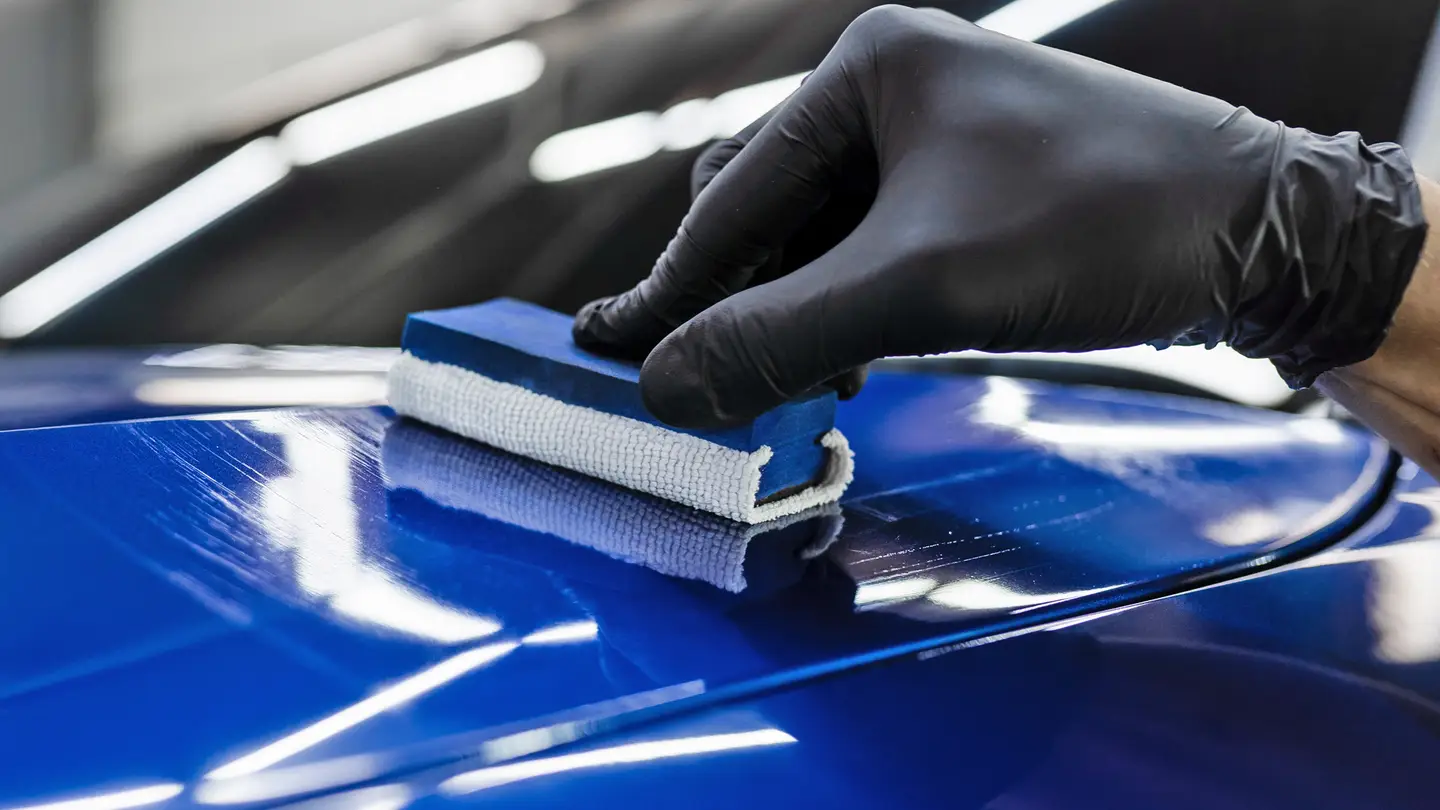
Several factors contribute to the underperformance of ceramic window tint:
- Quality of Film: Not all ceramic tints are created equal. Some manufacturers cut corners with cheaper materials or mislabel films as ceramic when they lack the essential nanoparticles.
- Installation Process: Even premium films can fail if installers don’t follow proper procedures, including thorough glass cleaning, precise cutting, and bubble-free application.
- Environmental Exposure: Extreme weather conditions such as heat, humidity, and UV exposure can deteriorate tint adhesives and films over time.
- Maintenance Practices: Harsh chemicals or abrasive cleaning tools can damage the tint’s surface, accelerating wear.
How to Ensure Your Ceramic Window Tint Performs Optimally
To enjoy the full benefits of ceramic window tint and avoid the problems listed above, consider these tips:
Choose a High-Quality Ceramic Window Tint: Always opt for ceramic films from reputable manufacturers with proven technology and positive customer reviews. Look for products with certifications or industry endorsements to guarantee UV protection, heat rejection, and durability. Find out more about the best ceramic tints.
Invest in Professional Installation; Professional installers have the skills and equipment necessary to ensure a flawless application. They will clean the glass thoroughly, handle the film carefully, and use techniques to avoid bubbles or wrinkles. Proper installation maximizes your tint’s lifespan and performance.
Maintain Your Tint Properly: Clean tinted windows regularly using mild, non-abrasive cleaners recommended by the tint manufacturer. Avoid sharp tools or harsh chemicals that can scratch or weaken the film. Inspect your tint periodically for any signs of bubbling, peeling, or discoloration and address these issues early.
Monitor Environmental Conditions: If you live in an area with extreme weather, consider regular inspections to catch any environmental damage early. Sometimes, replacing the tint after many years of sun exposure is necessary to maintain performance.
Conclusion
reduce glare, and enhance privacy. However, its effectiveness depends heavily on the quality of the film, professional installation, and ongoing maintenance.
Knowing the signs of underperformance, like increased interior heat, fading or discoloration, bubbling, reduced UV protection, and poor glare control, helps you act quickly to resolve issues and preserve your investment. By choosing reputable products, expert installers like RogueAutoSalon, and by caring for your tint properly, you can enjoy the benefits of ceramic window tint for many years.
If you’re experiencing any issues with your ceramic window tint or considering an upgrade, consult RogueAutoSalon to ensure you receive high-quality products and installation. With the right approach, your ceramic window tint will continue to deliver comfort, protection, and style to your vehicle or home.
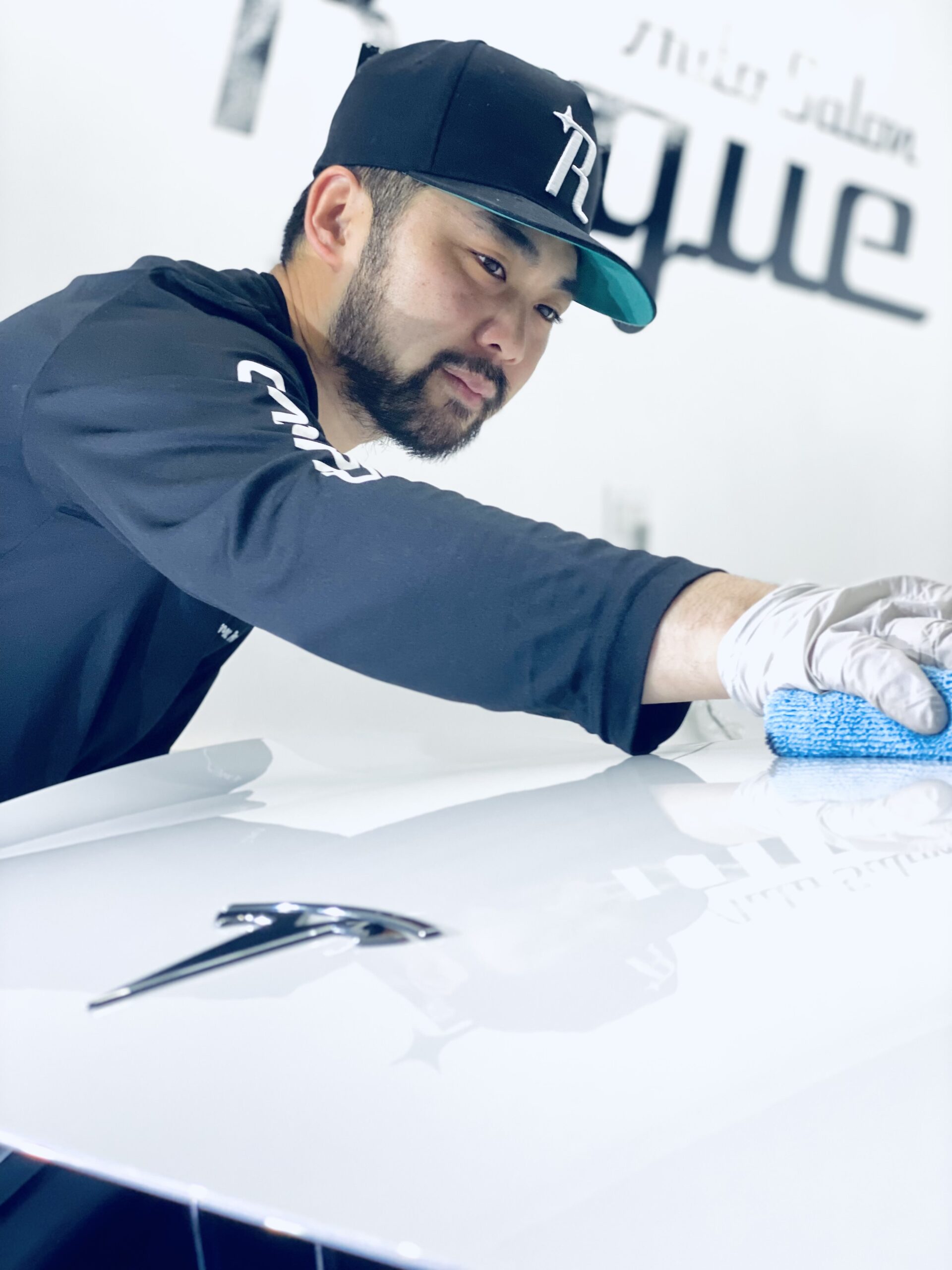
- ceramic car coating
- ceramic coating repair
- Auto Detailing
- Interior Touch
- window tint application
